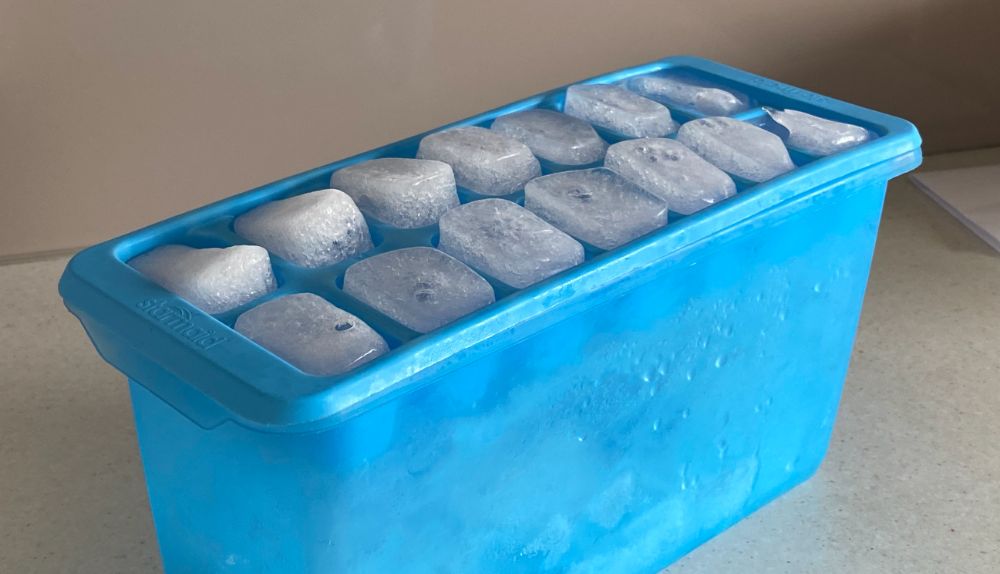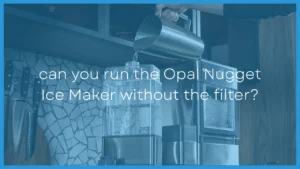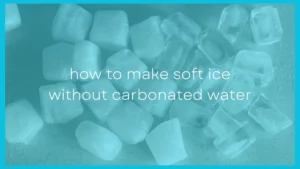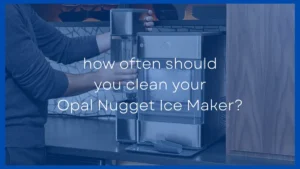Ice cube trays are pretty straightforward and simple to use so you might think you can do no wrong. But if your ice cubes get stuck, taste bad or aren't as good as you would like you might be making some common (and easy to fix) mistakes.
If you're not careful these common mistakes that will ruin your ice cubes causing them to taste really bad or stick to the ice trays. You could also end up with a broken ice tray that needs to be replaced.
The most common mistake people make is overfilling the ice cube tray. If you’re using plastic ice cube trays filling them with boiling water is also a bad idea as it will leach chemicals into the ice. You should also avoid stacking the ice cube trays if you don’t want their bottoms to stick together which will be another hassle.
In this article I will discuss all these mistakes that people make when using an ice tray. I will also provide tips on how to avoid these mistakes to get perfect ice cubes every time!
1. Overfilling The Ice Cube Tray
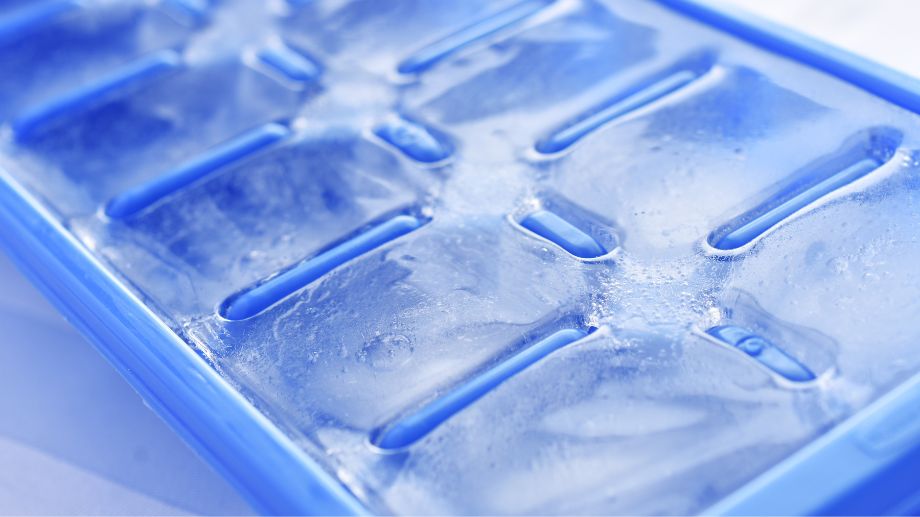
It seems like a good idea to fill the ice cube tray all way as it will make bigger ice cubes in less time. Right? The answer is no.
Ice expands when it freezes. If the water level in your ice tray goes above the ice pockets, the top parts of all the ice cubes will merge together while freezing.
It will create a layer of ice above the ice cubes and making it almost impossible to take out the ice cubes without breaking them.
There are ways to get stuck ice cubes out of the tray but even if you do they will be weirdly shaped and a lot of shards of smaller ice will break off, making a mess.
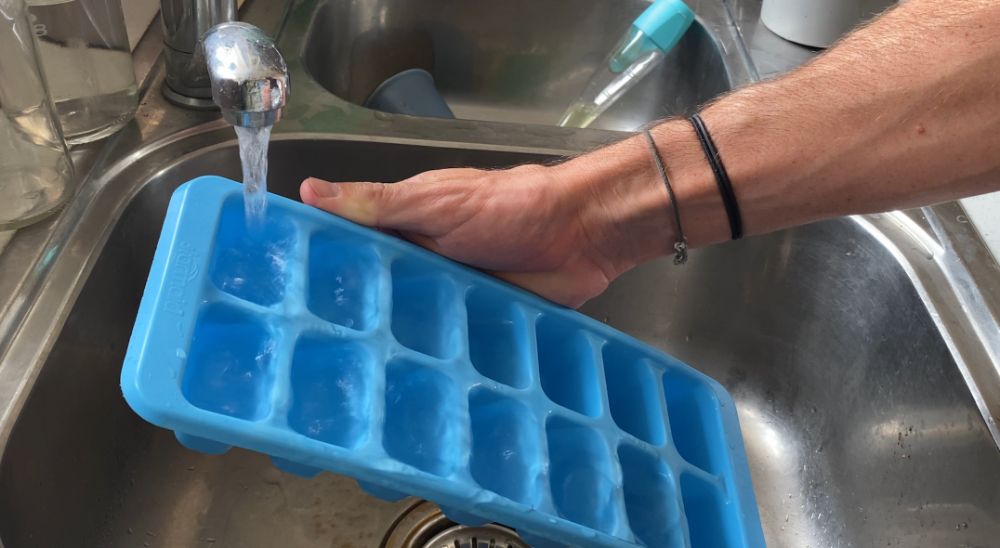
It's best to fill up your ice cube trays near to the top without overfilling. For me the best ice cube tray hack for this is to fill your tray from one corner and let the water trickle down. This will make each ice cube the same size and will fill each pocket to around 80% which seems to work perfectly and doesn't cause the overfilling issue.
Just make sure you do this technique over the sink or you'll make a huge mess.
2. Twisting Plastic Ice Trays Too Much
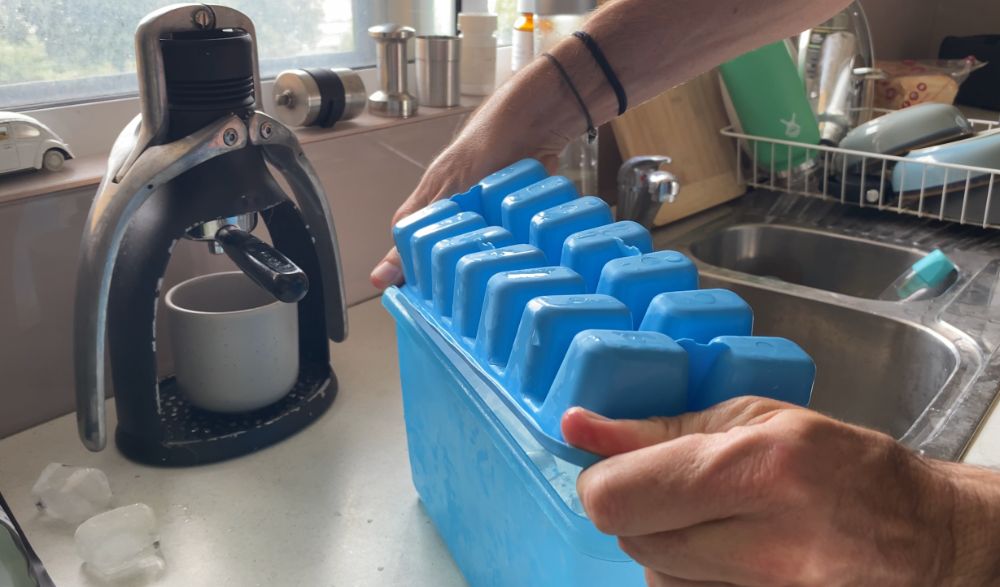
Ice cubes come in different materials and plastic is the most widely used of them all.
Plastic trays are much cheaper and it's easier to take ice cubes out of a plastic tray than silicone and metal trays. But plastic trays have their cons too.
Twisting the plastic trays from both ends will make the ice cubes pop out very easily. However some ice cubes, especially the ones on the edges, stick to the plastic trays and do not come off instantly.
At this point, twisting too much will cause the ice tray to break. It only happens in plastic trays so you should avoid over-twisting.
Running some water over the bottom of the tray will make those stuck ice cubes come out easily.
Alternatively, you can invest in some easy release ice cube trays where the ice cubes rarely (if ever) get stuck and if they do they are easy to get out without twisting too hard and causing cracking.
3. Putting Boiling Water In Plastic Trays
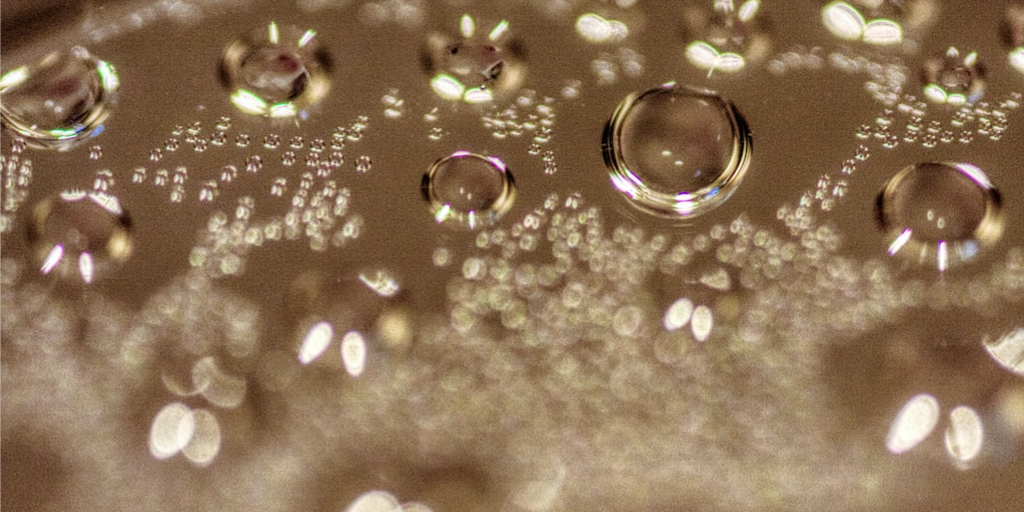
Another disadvantage of plastic trays is their composition as they can contain harmful chemicals like BPA that raise many health concerns.
Even if your ice cube tray is BPA free some other chemicals in the plastic can potentially leech into your ice cubes if you aren't careful.
If you put boiling water in these plastic trays, the toxic chemicals could leech into your ice cubes due to the water’s heat. This is because leeching is much more likely to happen the higher the temperatures. This is why I always avoid microwaving styrofoam and other plastics. It could make the ice cubes unsafe to consume.
It is recommended to avoid plastic trays or at least avoid putting boiling water in plastic trays if health is your top priority. The best materials for ice cube trays (in my humble opinion) are metal and silicone.
While these are more expensive and slightly less convenient than plastic ice cube trays I feel they are safer to use in the long term.
Click here to see my list of the best metal ice cube trays.
4. Not Storing Leftovers In The Fridge Properly

Silicone and some plastic trays are permeable meaning that the smells from other food in your fridge can get into the ice cubes.
However, even if you're not using silicone ice cube trays the water of your ice cubes can still absorb smells from the fridge or freezer.
This makes your ice cubes taste bad especially when the smell and taste are very strong like garlic.
See most fridges and freezers use a single compressor to keep them cold. This means the air circulates from your fridge into your freezer and visa versa. So the garlicky goodness of last night's leftovers can end up in your ice and completely ruin it.
One way to avoid bad-tasting ice cubes and to get better tasting ice is to cover your ice cube trays with a lid. You should also store the leftovers in zip lock bags or reusable Tupperware containers so the food smells do not wander off in the fridge.
Another major benefit of ice cube trays with lids is that you are able to stack them which allows you to create more ice faster and also saves space in your freezer and leads to less leaks.
Click here to see the best stackable ice cube trays with lids
5. Leaving Ice In The Freezer For Too Long
When you leave the ice cubes in the tray for too long they usually get stuck to the tray and are very difficult to take out. They also have more time to absorb the bad smells and flavors circulating in the air in your freezer.
Ice cubes that have been in your freezer for a long time can even start to go bad or get freezer burn and if you keep ice cubes in a tub (like from your ice cube maker) then they can all get stuck together into one giant clump.
Once the ice cubes are frozen you should take them out and store them in another container to avoid this problem.
However, you must ensure that the container is properly sealed otherwise the ice cubes will absorb nearby odors and taste bad.
6. Thinking Boiling Water Makes Clear Ice

There is this widely held belief out there that you can make crystal clear ice simply by boiling your water first (and allowing it to cool) before placing it in your ice cube trays.
I don't know where this came from because boiling water does not make clear ice. Yes, it might result in ice that is a little clearer. But it will NOT give you completely clear ice.
Boiling water releases some dissolved gasses from the water which (and impurities like calcium and magnesium) are responsible for cloudy ice.
The only way to make clear ice is using omni-directional freezing where the water starts freezing from the top first, pushing the gasses and impurities to the bottom.
There are specialized clear ice-making trays using omni-directional freezing that will collect the clear ice on the top while storing hazy ice at the bottom. Click here to see my list of the best clear ice makers for home.
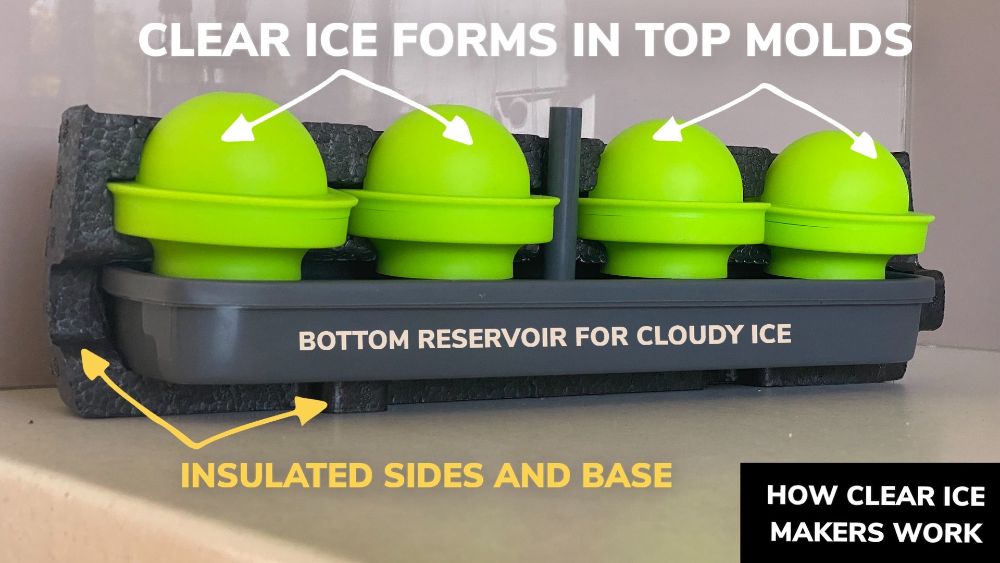
These clear ice cube trays have insulating sides that force the ice to freeze in one direct (from the top down). As the ice freezes it pushes the air bubbles and impurities that usually make the ice white in the middle to the bottom.
Boiling your water THEN placing it in a clear ice tray will give you better results than trying to make clear ice with tap water. But no matter what you try, regular ice trays cannot make completely clear ice cubes.
7. Not Cleaning The Ice Trays Properly

Cleaning the ice trays properly is very important to get delicious ice cubes that do not stick. As mentioned earlier the permeable nature of silicone and plastic trays will absorb freezer odors which will make the ice cubes taste horrible.
Sometimes running your ice cube tray through the dishwasher with last night's dirty dishes can cause the tray to actually taste worse than it did before you tried to clean it. It's important you learn how to clean your ice trays properly and if they have absorbed odors there are ways you can remove them.
Moreover, the residue from ice cubes can build up at the bottom of the tray’s ice pockets which also makes the ice cubes adhere to the bottom.
If you live in an area with hard water you may even notice a white residue on your ice cube trays. This is from dissolved salts that were in the water and they can end up as white specks in your ice or white specks floating on the top of your drink if you don't clean them away regularly.
They aren't harmful to consume but they can give your ice a funky taste and guests will not be happy with white things floating on the top of their drinks as the ice melts.
You can avoid these problems by washing the trays regularly with lukewarm water and dishwashing soap on a regular basis or for hard to remove odors baking silicone or metal ice cube trays or soaking trays in vinegar can work to remove the smells.
The Bottom Line
Ice cube trays are a convenient way to make ice, but there are some common mistakes that people make when using them.
Avoiding these mistakes will result in perfectly shaped ice cubes that are easier to remove and do not taste bad. These mistakes are:
- Overfilling the ice cube tray.
- Twisting plastic trays too much to remove the ice cubes that it breaks.
- Using water in plastic trays as it leaches toxic chemicals into the ice.
- Not storing leftovers in the fridge properly.
- Leaving ice in the freezer for too long.
- Thinking boiling water makes clear ice.
- Not cleaning the ice cube trays properly.

